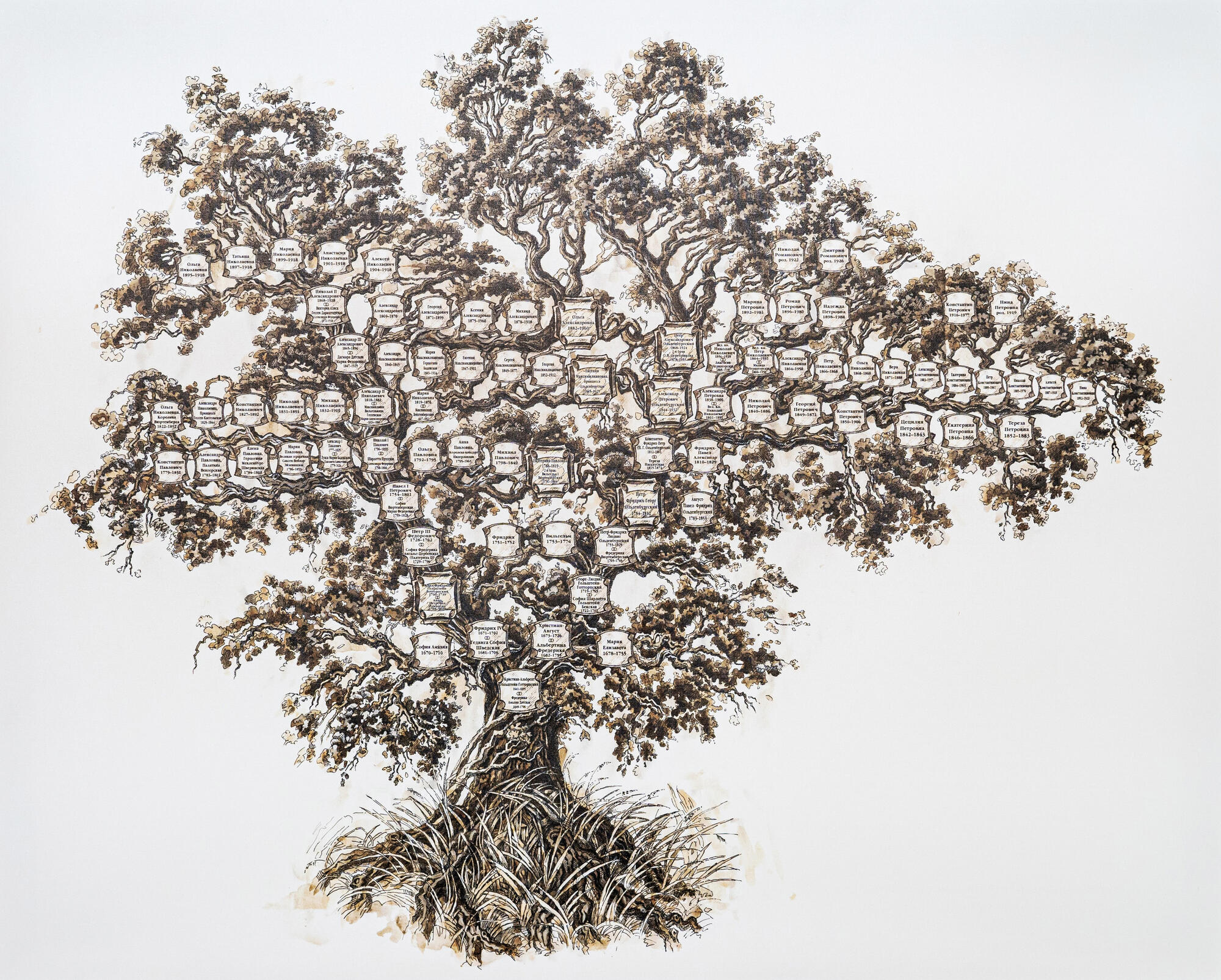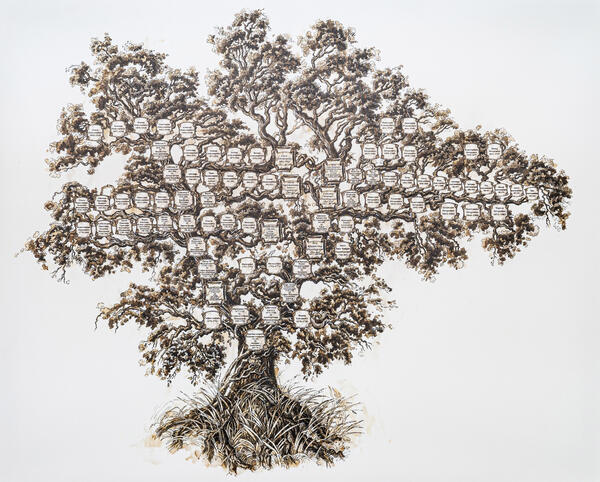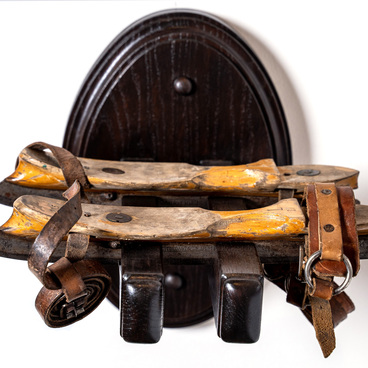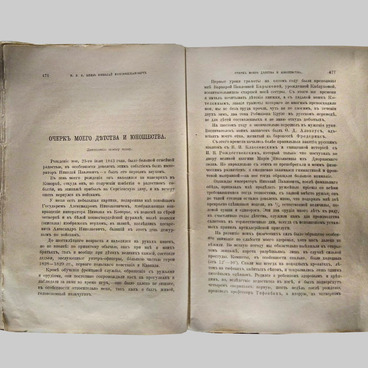The family tree of the Oldenburgs-Romanovs contains 95 persons — the representatives of a large family, whose biographies and destinies are closely intertwined in Russia.
The history of the Oldenburg dynasty begins with the family of German counts of Oldenburg — a county in northwestern Germany, on the coast of the North Sea. The first ancestor of the Oldenburg house known in the chronicles was mentioned at the end of the 11th century. Since 1613 the boyar clan of the Romanovs became a dynasty of Russian tsars, and since 1721 — an imperial family. The last male representative of the main line of the Romanovs was Emperor Peter II, the grandson of Peter I, and the last ruler was Empress Elizabeth Petrovna. After her death, the direct branch of the Romanov family on the Russian throne was interrupted.
On the tree, the Holstein-Gottorp branch is represented starting with Christian Albrecht. In 1725, his grandson Karl Friedrich (Charles Frederik) married the daughter of the Russian Emperor, Peter the Great, crown princess Anna Petrovna. Their only son Karl Peter Ulrich (Charles Peter Ulrich), at the behest of his aunt Empress Elizabeth Petrovna, became the heir to the Russian throne and reigned in 1761 under the name of Peter III. In the male line, all subsequent Russian rulers came not from the Romanovs, but from the Holstein-Gottorp, although according to the dynastic treaty, Peter III was recognized as a member of the imperial house of the Romanovs. The tree also shows all the offspring of Russian emperors Pavel I, Nicholas I, Alexander II, Alexander III, and Nicholas II.
Another branch of the family tree grew through the prince-bishop of Lübeck, Christian August, the father of 11 children. One of his daughters, Johanna Elizabeth, became the mother of Empress Catherine II. The youngest son of Christian Augustus, Georg Ludwig (1719–1763), was his maternal uncle and a cousin of Emperor Peter III. Peter III summoned him to Russia and appointed him general-field marshal. Georg Ludwig’s son, Prince Peter Friedrich Ludwig, became the Grand Duke of Oldenburg in 1814, and his wife Frederica of Württemberg was the sister of Pavel’s wife, Empress Maria Feodorovna. In that marriage, two sons were born, the youngest of whom, Peter Friedrich Georg (Georgy Petrovich), became the founder of the branch of Russian princes of Oldenburg and the husband of Grand Duchess Ekaterina Pavlovna, a daughter of the emperor.
The branches of the tree connected the Oldenburgs and Romanovs more and more closely. The youngest son of the abovementioned couple, Prince Peter Georgiyevich (1812-1881), was brought up in infancy at the court of Maria Feodorovna. Prince Peter had eight children from his marriage to Princess Theresia of Nassau. Another son of Peter Georgiyevich, Alexander, had the only son — Prince Peter Alexandrovich, who was married to the daughter of Emperor Alexander III, Grand Duchess Olga Alexandrovna, from his marriage to Princess Eugenia of Leuchtenberg (granddaughter of Nicholas I). That marriage was childless. With the death of Peter Alexandrovich, the Russian line of the Oldenburg house was cut short. However, as can be seen on the tree, the Oldenburg family has not died out and still continues in Europe.



